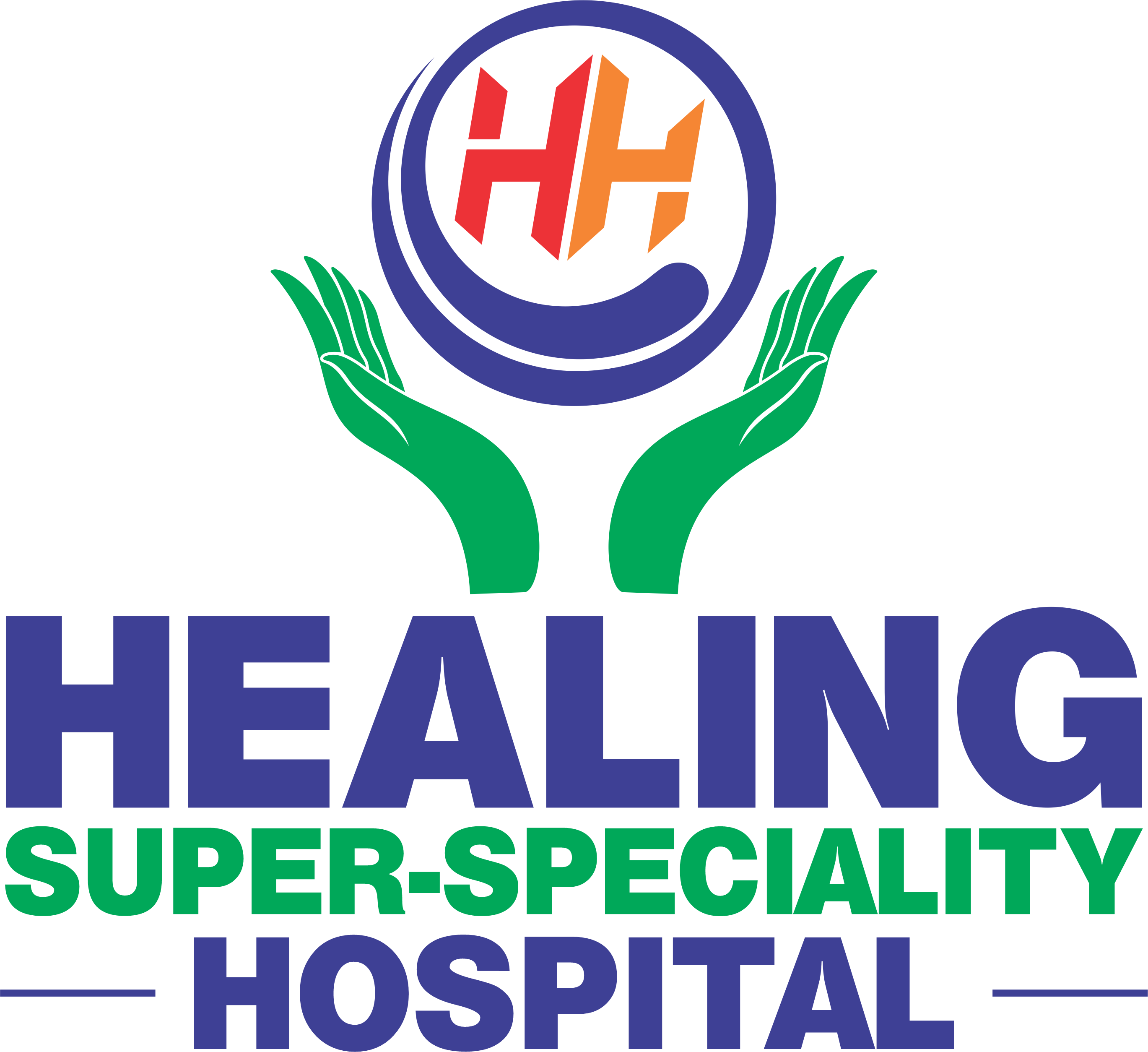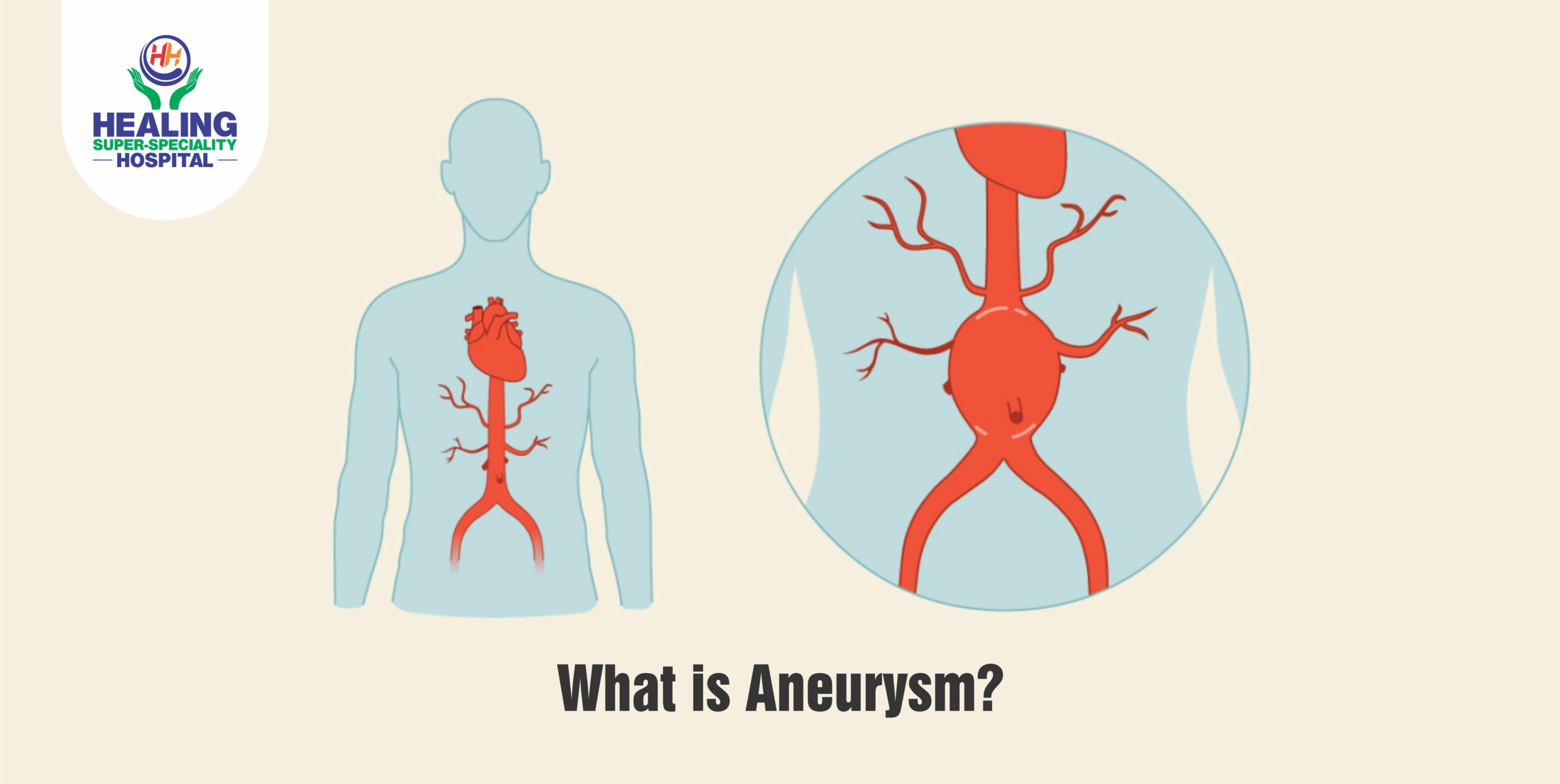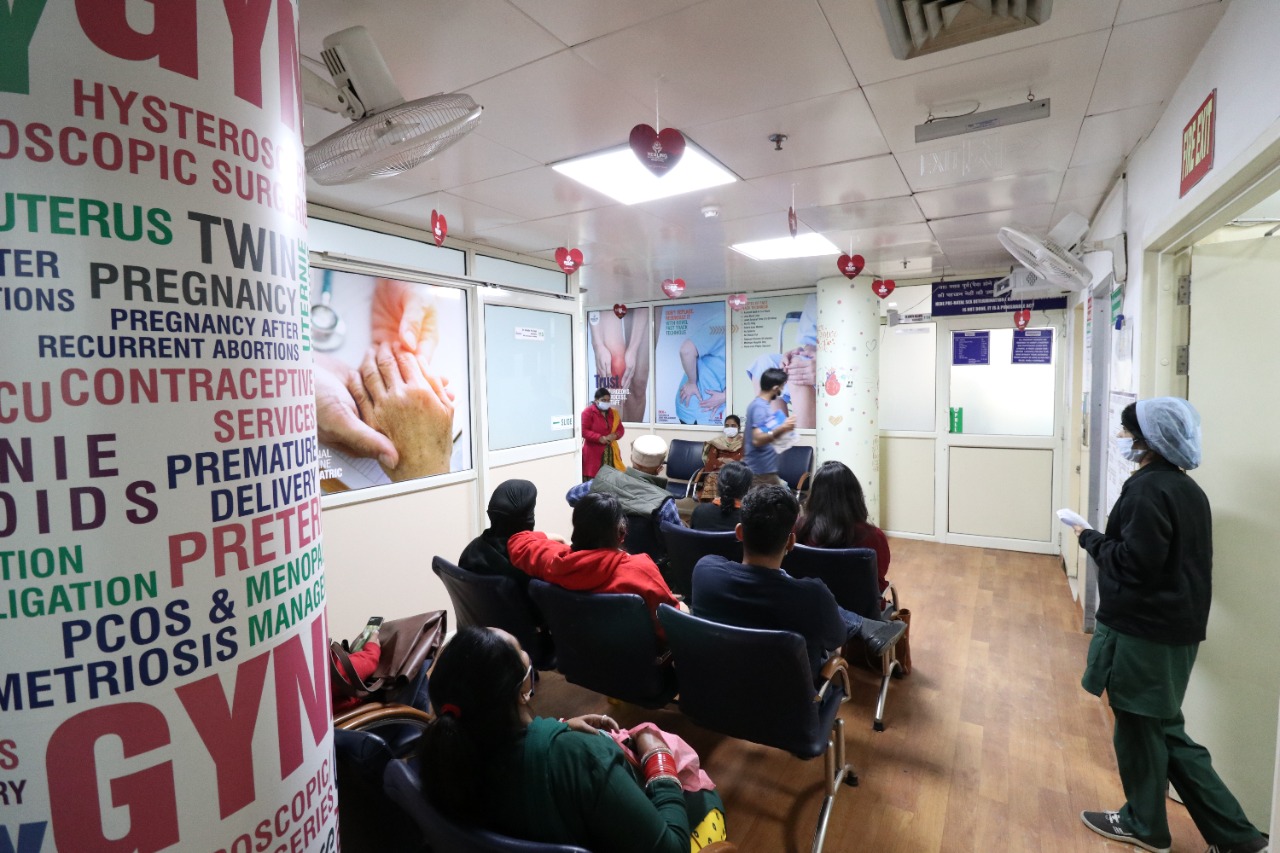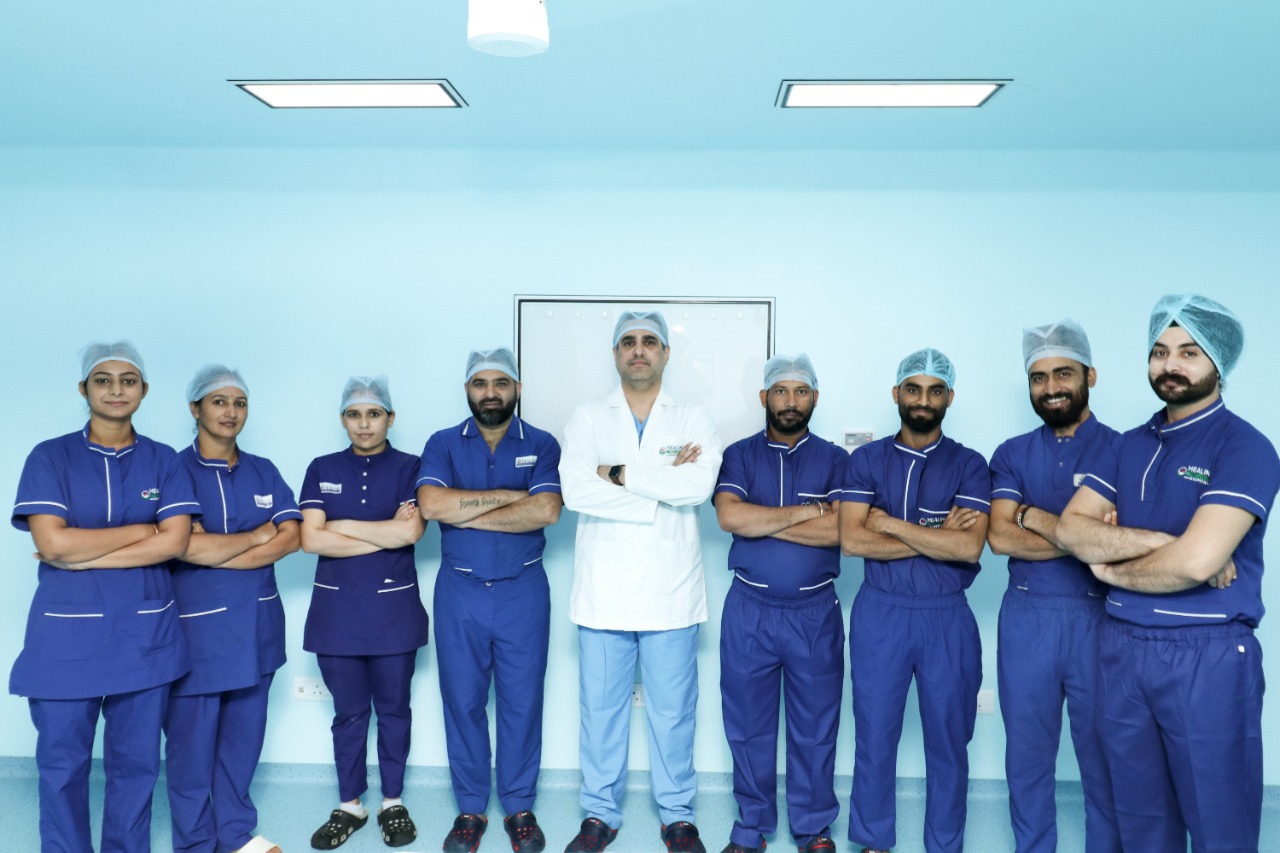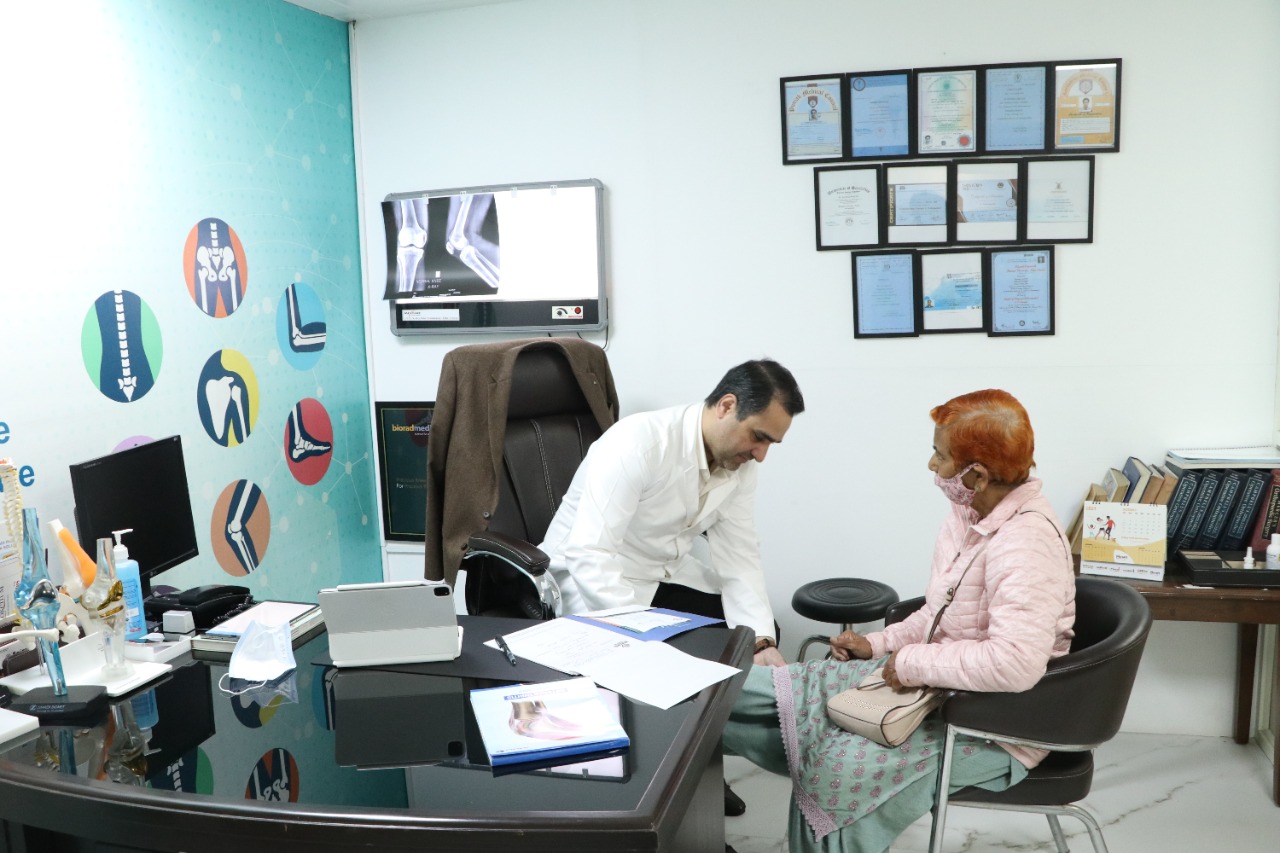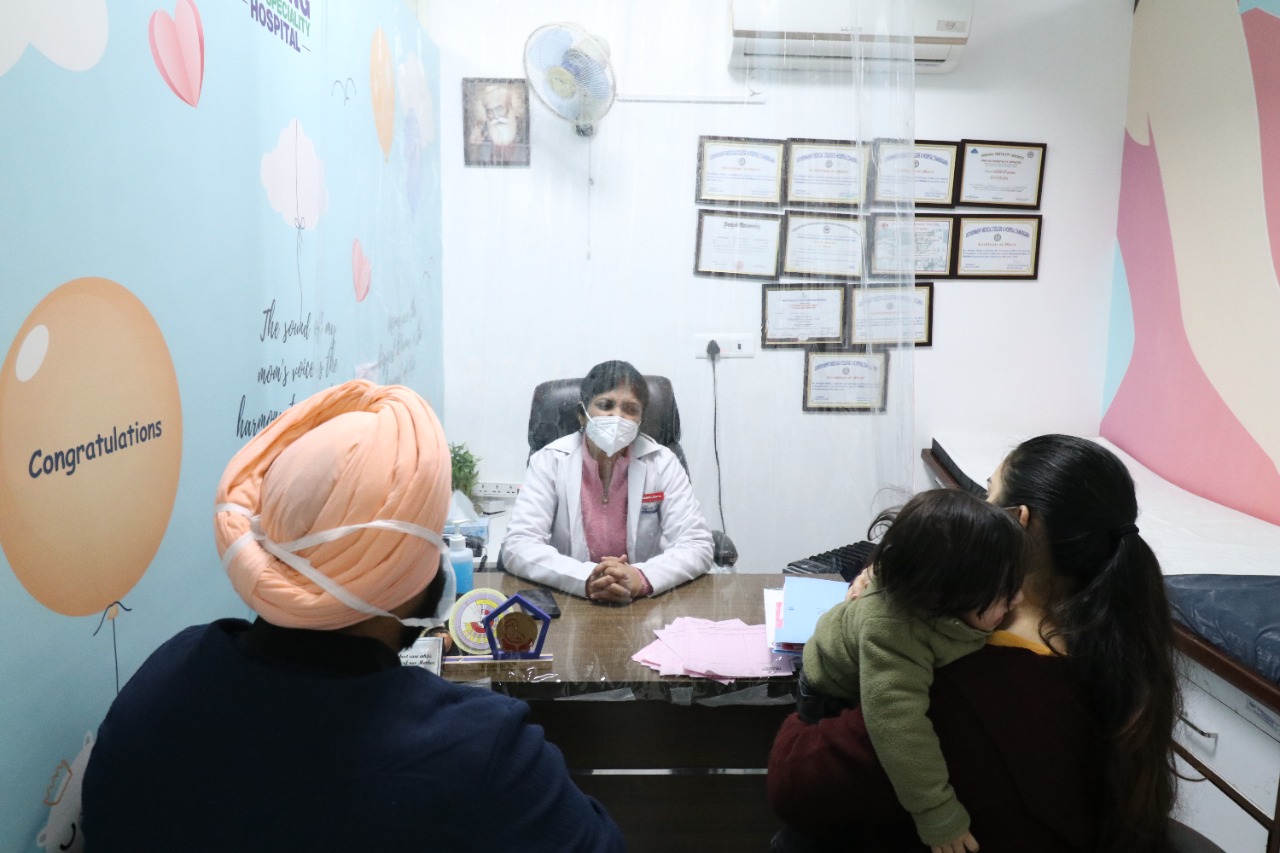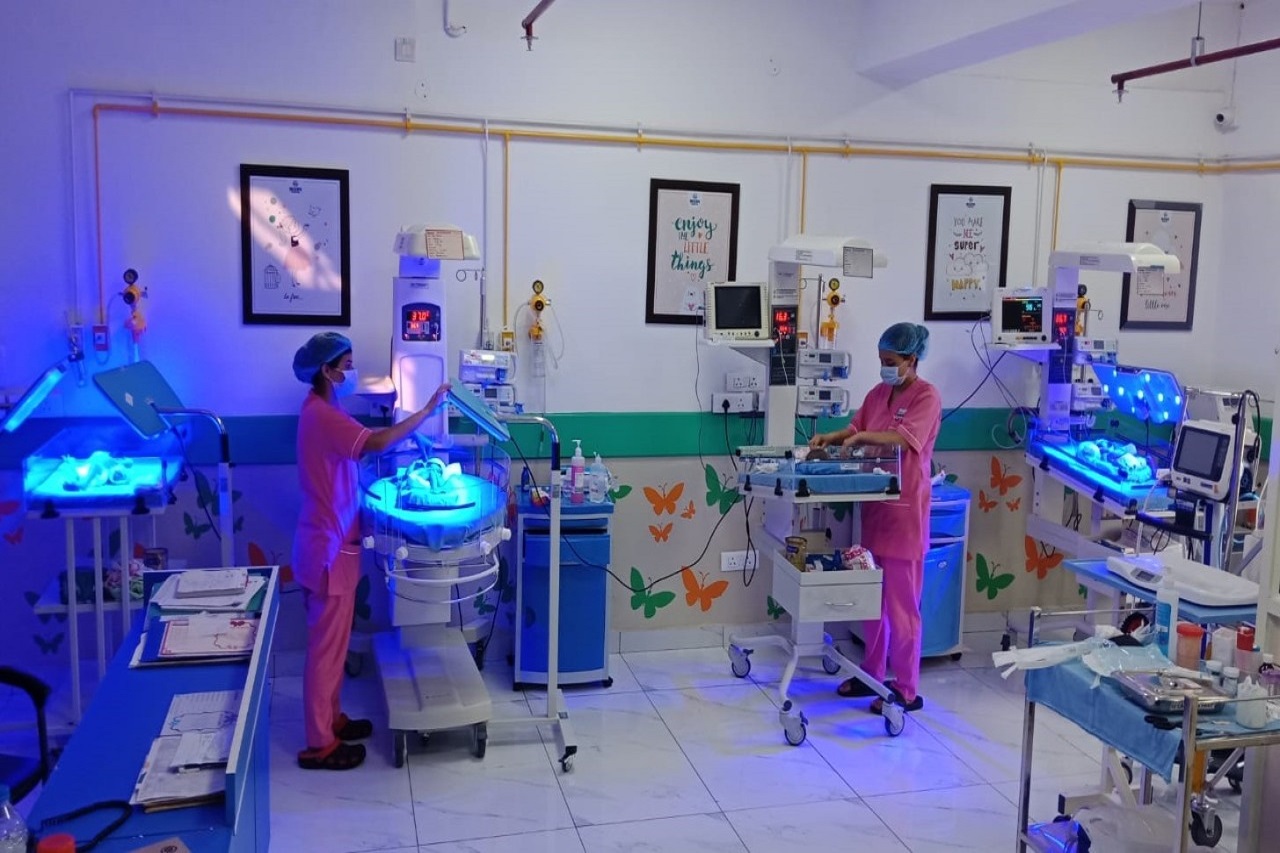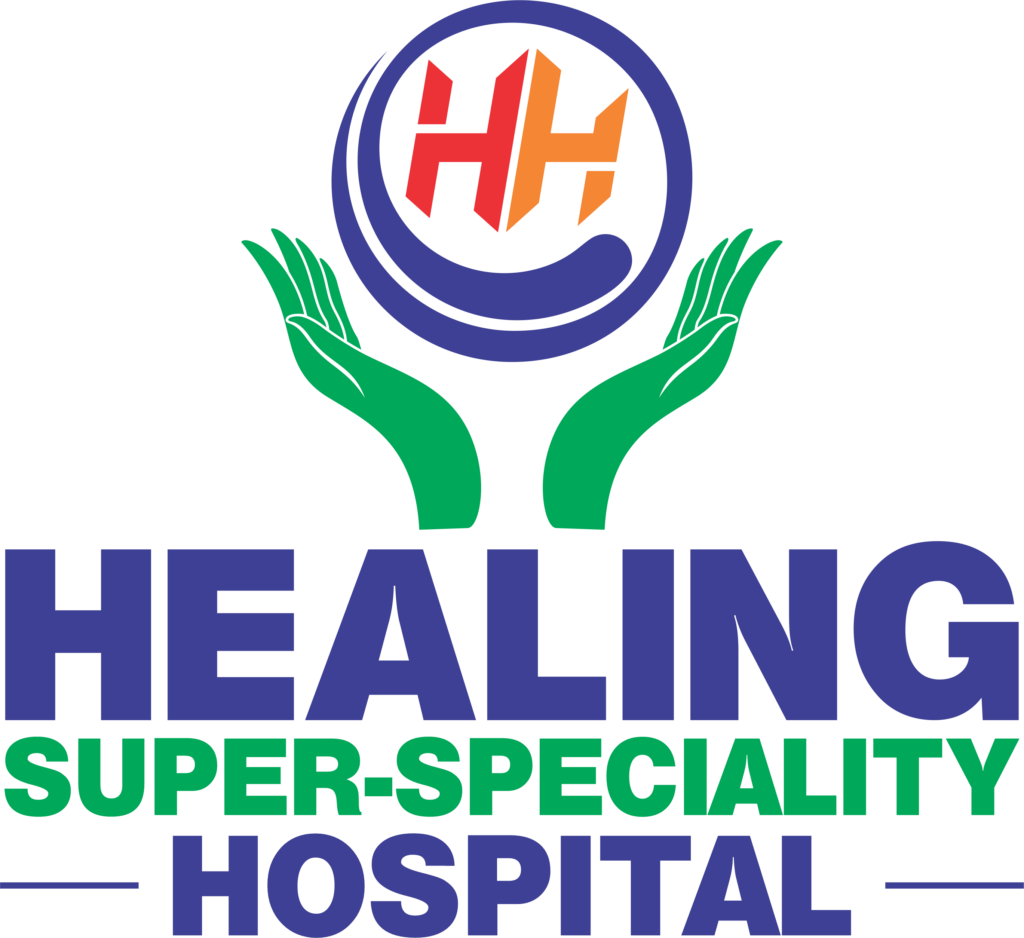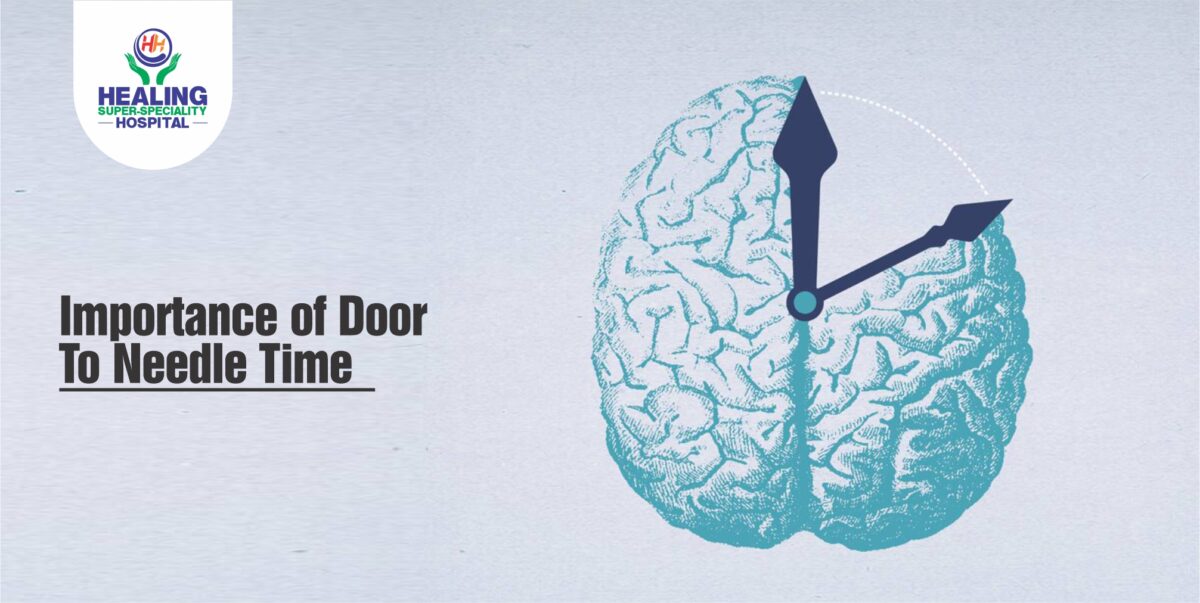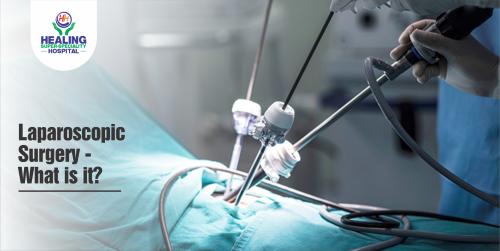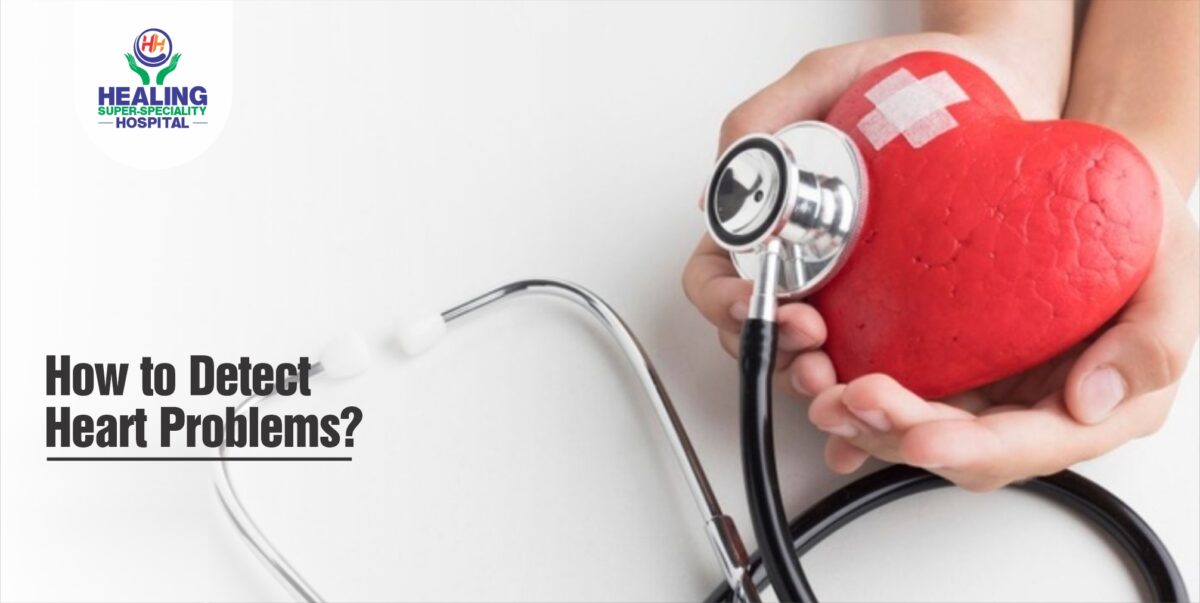In simple terms, an aneurysm is basically a protrusion in the wall of an artery. Sometimes the force or pressure of the blood passing through a weakened artery can make it bulge outward causing an aneurysm. At other times, the wall of a blood vessel is weakened due to any other reason.
The belly or chest parts of your aorta are the areas where you are most likely to get an aneurysm. Certain aneurysms are serious and can cause life-threatening complications as they can burst and lead to excessive bleeding or even a stroke.
Atherosclerosis and high blood pressure are two of the most common causes of aneurysms. It is also possible that you have a weakened artery wall since birth. Certain wounds and infections can also lead to aneurysms.
Most of the aneurysms do not show any symptoms and therefore it is important to have routine heart check-ups to catch any symptoms early on.
There are different types of aneurysms. These are:
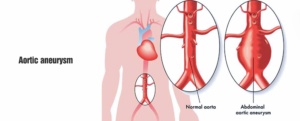
1. Aortic aneurysm: This aneurysm takes place in the aorta and can be associated with atherosclerosis. It could also be a side-effect of consistent high blood pressure.
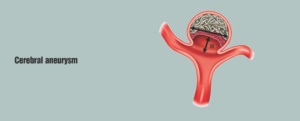
2. Cerebral aneurysm: This aneurysm takes place in the wall of a blood vessel in your brain. Also known as berry aneurysm, you can get it if you smoke.
3. Ventricular aneurysm: A protrusion in the wall of your heart is known as ventricular aneurysm. You are most likely to get affected by it if you previously had a heart attack.
4. Popliteal aneurysm: A protrusion or weakness in the artery wall that provides blood to the calf, knee joint and thigh is known as popliteal aneurysm.
To diagnose an aneurysm, your heart specialist will note down your family history of any related health issues, check your blood pressure, feel the arteries in your neck and can also ask you to undergo diagnostic imaging tests such as an ultrasound or CT scan. An angiogram might be advised by your doctor in case he thinks you have an aneurysm in the brain.
Treatment of aneurysm depends on its location, size and type. For aneurysms that can’t be operated upon, your doctor will prescribe medication to lower your blood pressure. This will help in lowering the chances of an aneurysm getting burst. Surgical intervention is required if an aneurysm has grown too big and is dangerous. A clip is inserted to stop the blood flow to the affected part and treat aneurysm. Sometimes a synthetic graft is also utilized to replace the aneurysm.
FOR MORE INFORMATION AND APPOINTMENT CALL:
+0172-5088883, +91 9464343434
